22 Latest SaaS Marketing Trends For Business Growth In 2025
The SaaS marketing landscape is dynamic, constantly rocketing towards new destinations. To stay ahead and blast off to new heights in 2025, you must fuel your marketing strategy with the latest SaaS marketing trends. But with so many options, where do you start?
Don’t worry!
This post is your one-stop guide to the 22 latest SaaS marketing trends igniting your growth in the coming year. We’ll explore new tactics, including AI-powered personalization, community-driven marketing, and rising micro-influencers. We’ll also see how to use data insights and embrace new channels, including crafting content that resonates with your audience.
Table of Content
- Top SaaS Marketing Trends
- 1. AI and machine learning
- 2. Feature Marketing
- 3. Video Marketing
- 4. Voice search optimization
- 5. Native Advertising
- 6. Flexible Pricing Strategies
- 7. UX Differentiation
- 8. Emphasis on Integration
- 9. Mobile optimization
- 10. Interactive content
- 11. Community building
- 12. Micro SaaS
- 13. Seamless Integration
- 14. White-Label Solutions
- 15. Collaboration Software
- 16. Native Advertising
- 17. Retention Marketing
- 18. Organic SEO
- 19. Usage-Based Pricing
- 20. Blockchain-as-a-Service (BaaS)
- 21. Advanced Security
- 22. Optimization of Customer Retention
- Chart Your Course to SaaS Success in 2025
- FAQs
Top SaaS Marketing Trends
Get ready to witness a transformation in the SaaS marketing trends! As we push into 2025, several key SaaS marketing trends are emerging. They promise to reshape how you connect with your target audience and drive impactful results. Let’s explore these explosive trends in detail:
1. AI and machine learning

Imagine knowing exactly what resonates with each customer. AI and machine learning are making this dream a reality, and these powerful tools can analyze vast data sets. They do this to understand user behavior, predict preferences, and deliver personalized experiences across the customer journey. AI can help you create targeted content and recommend relevant features. This will help you make deeper connections and boost engagement.
2. Feature Marketing

Don’t let your new features fade into the background. Feature marketing brings them center stage, showcasing their value and driving adoption. Avoid technical jargon; instead, show how each feature solves user problems. It should also explain how each feature improves its experience and leverage interactive demos, explainer videos, and engaging blog posts to turn these features into catalysts for growth.
3. Video Marketing

In today’s visual world, video marketing is supreme. It utilizes its potential to showcase your product’s benefits in an engaging and digestible format. Create product demos, customer testimonials, and explainer videos. They should capture attention, explain complex ideas, and build trust. Remember, shorter and punchier videos resonate better, so keep them concise and captivating.
4. Voice search optimization

Since everyone’s using voice assistants like Alexa and Siri, optimizing your content for voice search is a must. Here’s the key: focus on long, specific phrases (long-tail keywords) that people naturally ask in conversation. Use clear, easy language and structured data to help search engines understand your content. This way, your SaaS marketing shines in voice search results. Remember, people speak more than they type, so write like you’re talking to someone!
5. Native Advertising
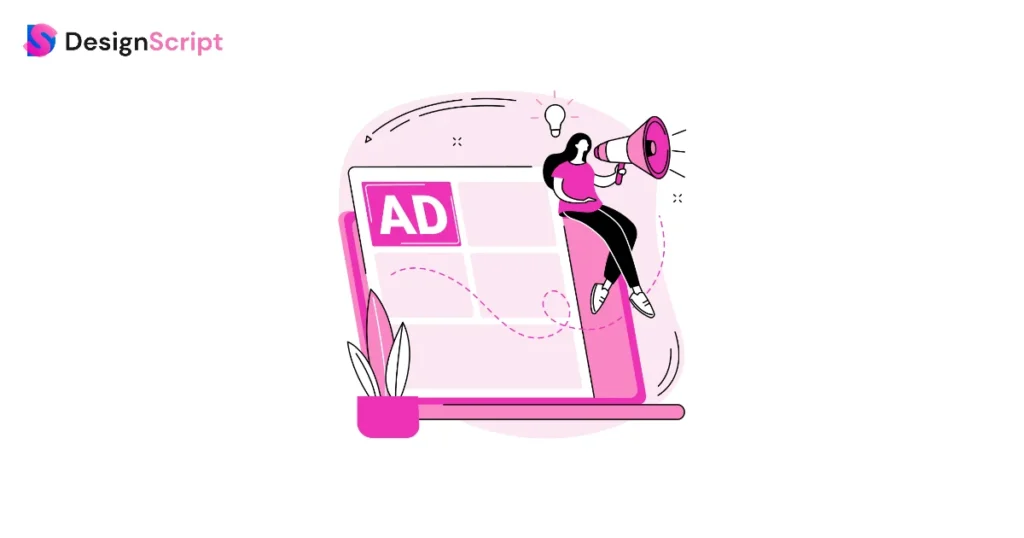
Want to promote your SaaS marketing ideas without annoying pop-ups? Native advertising can help! It lets you create messages that fit right in with the articles and videos users are already enjoying. By working with relevant websites and apps, you can develop sponsored content that keeps showing up for your target audience. The secret thing? Offer helpful information and clear explanations. This builds trust with potential customers, making them more likely to reach out when they need a solution like yours. It’s a win-win: you provide valuable insights, and they discover your brand without feeling bombarded by ads.
6. Flexible Pricing Strategies
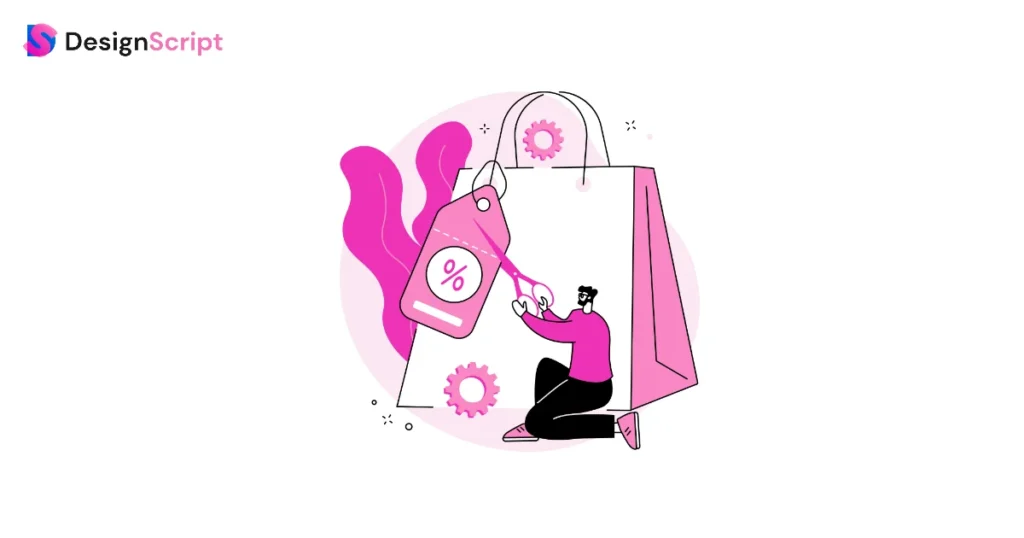
Ditch the one-size-fits-all approach! Flexible pricing strategies are reshaping the SaaS landscape. They include tiered plans with features for different needs. Also, think of usage-based pricing; you only pay for what you use, and think of freemium models. They let users try before buying these options, giving customers control and catering to diverse budgets. Highlighting the benefits of your marketing is key. It emphasizes value for each plan and showcases cost savings with usage-based options, attracting new users with freemium models. Flexibility breeds happy customers and fosters long-term relationships, fueling your SaaS success!
7. UX Differentiation

Create an experience that is simple, enjoyable, and personalized for your users. Imagine a seamless welcome, like magic. Workflows predict what users want, making UX stand out. It’s not just about appearance, but meeting user needs and exceeding expectations. Investing in a user-friendly design makes trendy SaaS marketing. It attracts and retains customers effectively.
8. Emphasis on Integration

Forget standalone; think interconnected! The current trend in SaaS content marketing goes beyond just featuring functions. Imagine your solution seamlessly fitting into popular tools like a puzzle piece. It syncs data and automates tasks. This magic integration isn’t just cool; it saves users time and improves efficiency. Imagine easily adding your SaaS to their work process. Then, see them swiftly complete tasks with automated links. In your marketing, promote these connections like a superhero’s special abilities! Show how they make user paths easier and position your SaaS as the best productivity ally. Don’t just focus on features. Create a smooth system that helps users succeed.
9. Mobile optimization
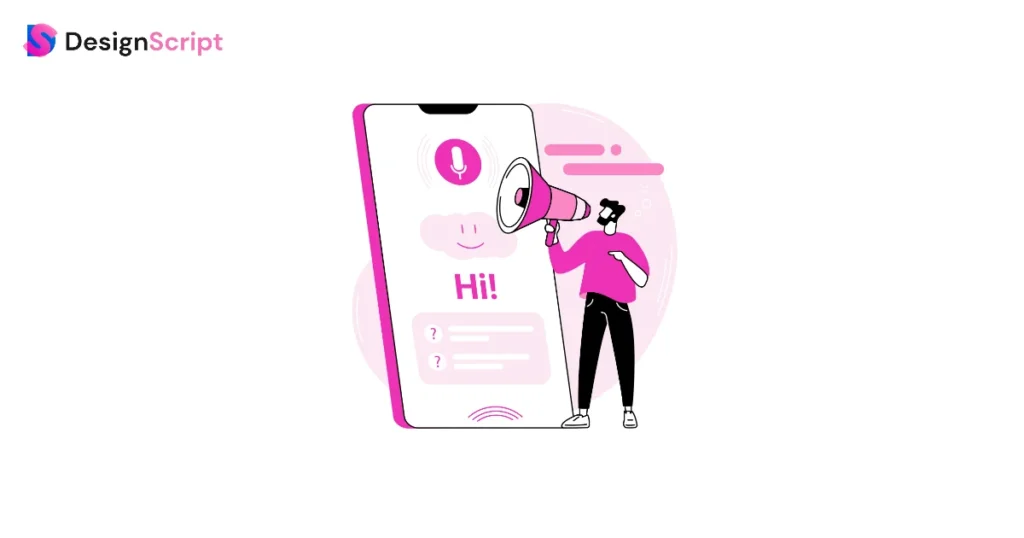
Forget tiny text and frustrating scrolling! Mobile optimization is no longer an option; it’s a must-have in today’s mobile-first world. Imagine your website fitting any screen size, it will have clear buttons, load fast, and have easy navigation. That’s what mobile optimization delivers: a smooth, frustration-free experience for users on the go. Ultimately, it leads to more happy customers, conversions, and sales. It’s like giving your website a mobile makeover and it ensures the site is always easy and enjoyable, no matter the device. So, embrace mobile optimization for a happy user experience and a thriving business.
10. Interactive content
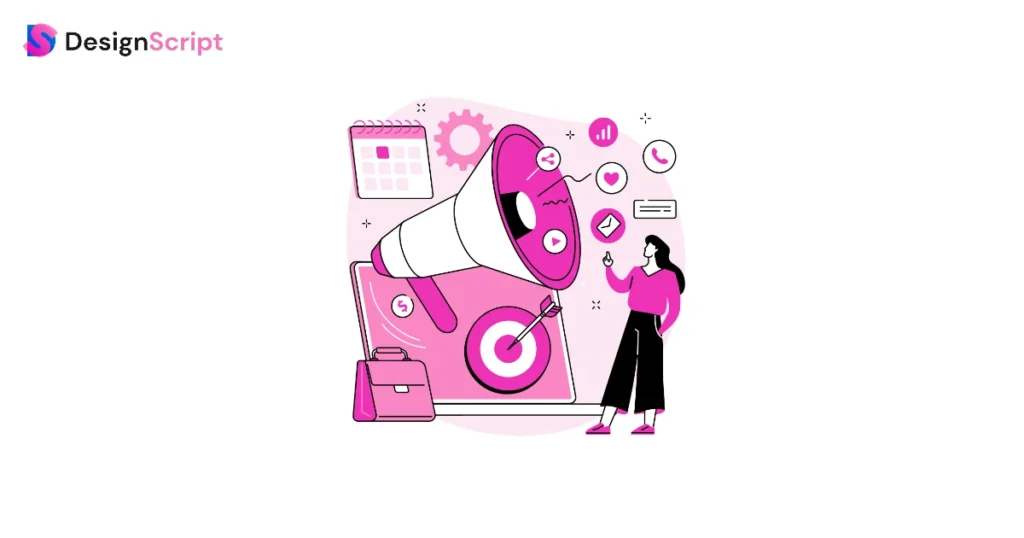
Interactive content is more than text; it’s an exciting experience that involves users. Imagine this: Instead of only reading about a new product, you can explore it virtually. You could create your version or answer questions. Then you’d get personalized suggestions. This is the magic of interactive content! It boosts engagement. It makes learning enjoyable. This helps users connect with your brand in many ways. Think of quizzes, polls, product configurators, and games. All these engage users actively. Make sure to keep things easy for users and in tune with their needs. Keep an eye on how it’s doing, get creative, and see your content shine.
11. Community building

We should see the power of community. We should encourage excited user communities and can do this through online forums, events, social media groups. This builds loyalty and brand advocacy, also gets valuable user feedback, encourages knowledge sharing and peer-to-peer support. It fosters a sense of belonging and cements your brand as a valued partner in your users’ journey.
12. Micro SaaS
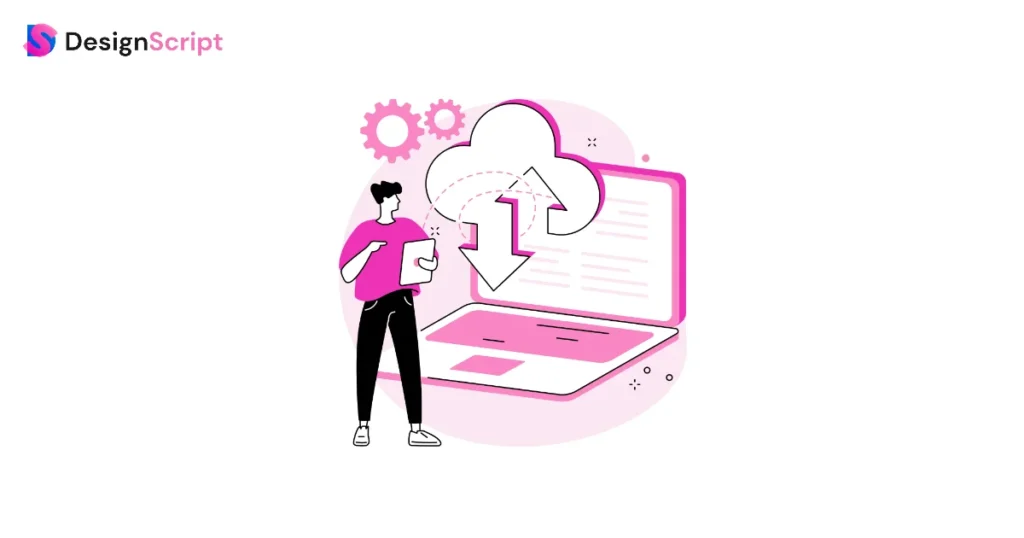
In the vast world of SaaS, giants rub shoulders with tiny titans called Micro SaaS. These lean, mean, fighting machines are laser-focused on solving one specific problem, often for a niche audience and think of them as apps, supercharged with powerful features and subscription-based pricing. Their magic lies in simplicity: streamlined interfaces, quick setup, and crystal-clear value propositions, but take their impact seriously! Micro SaaS can be incredibly profitable and it can reach a loyal following with laser-targeted marketing and community building. Next time you itch for a specific solution, skip the many features and explore Micro SaaS.
13. Seamless Integration

In today’s fast-paced world, customers crave effortless experiences. That’s why seamless integration is becoming a key trend in SaaS marketing. Imagine your marketing tools syncing with your CRM, they update leads and trigger personalized campaigns. Picture this, your customer support chat is seamlessly integrated with your product knowledge base and it offers instant solutions. Seamless integration brings a smooth flow of information and functionality that spans across different tools.
14. White-Label Solutions

White-label solutions are like blank canvases for businesses and a company creates a product or service for the canvas. Then, other businesses slap their brand name on it, like painting their logo and selling it and this lets businesses offer solutions like marketing software or website design. They do this without building everything from scratch and it saves time and resources. It’s like buying pre-made cookies and decorating them with your sprinkles! The “ingredients” might not be unique and businesses can still add their flavor through branding and customization and this makes it feel special to its customers.
15. Collaboration Software

Collaboration software is really important now for businesses in remote work settings. Companies are using Saas tools to communicate, share files, and manage projects smoothly. These tools aid in clear communication, sharing files, and managing projects within teams. They increase productivity and foster teamwork among remote teams. Key features of collaboration software include real-time messaging, video conferencing, document collaboration, and task management. Businesses use collaboration software to make work processes smoother and enhance teamwork. This boosts efficiency and productivity.
16. Native Advertising
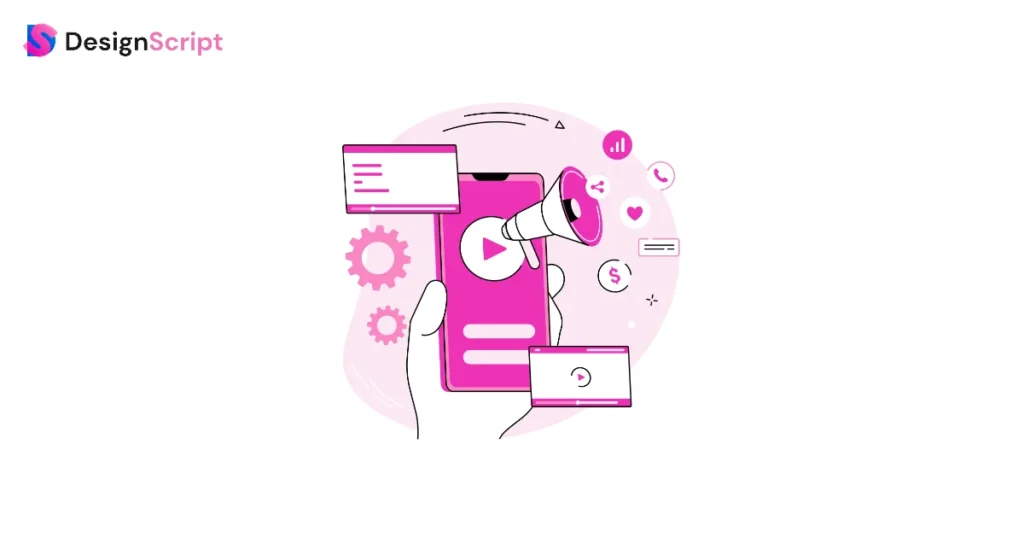
Native advertising has become a powerful trend in the SaaS industry. It gives a subtle method to advertise products in related content. Native ads mix well with the content around them, unlike regular display ads. They create a natural and interesting experience for users. SaaS companies use them to reach their audience genuinely. Native ads provide useful content that matches what users like. They can boost interactions and sales, unlike regular ads. You can compare them to old-style advertising.
17. Retention Marketing

Retention marketing focuses on nurturing existing customers and fostering long-term relationships to maximize customer lifetime value. In a highly competitive market, retaining customers is as important as acquiring new ones. These may include personalized communication, targeted promotions, loyalty programs, and proactive customer support. SaaS companies can tailor their marketing efforts by understanding customer needs and wants. This will help them to boost customer loyalty and cut churn rates. Investing in retention marketing boosts customer satisfaction and grows businesses sustainably by maximizing revenue from existing customers.
18. Organic SEO

SEO is a key part of SaaS marketing. It drives traffic to websites and boosts visibility in search results and users rely more on search engines to find SaaS solutions. A strong SEO strategy is essential for getting leads and boosting brand awareness. Organic SEO has key elements these include keyword research, on-page optimization, content creation, and link building. SaaS companies can improve their search engine scales. They can do this by optimizing their sites for relevant keywords and also by providing valuable content that answers user queries, and will drive organic traffic to their websites.
19. Usage-Based Pricing

The one-size-fits-all pricing model needs to be updated. Customers are demanding flexibility and value, and usage-based pricing delivers precisely that by aligning costs with actual product usage, SaaS companies can attract customers and these customers have varying needs and budgets. In this context, marketing touts the benefits of usage-based pricing as it offers control and transparency. It creates tiered plans for different usage levels. It uses data to show how customers save costs with your model, add free tiers to get new users, and show value.
20. Blockchain-as-a-Service (BaaS)
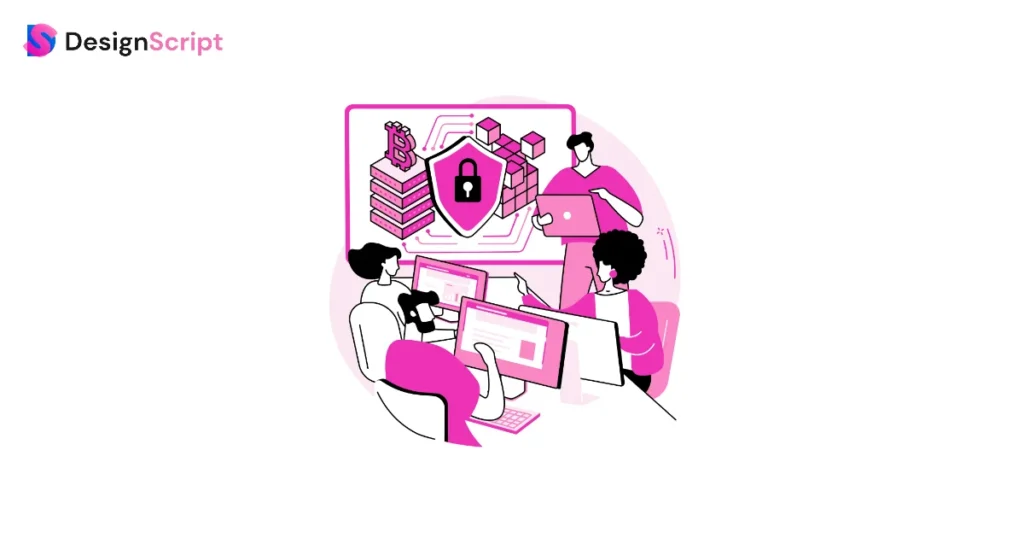
With its inherent security and immutability, blockchain technology offers unique possibilities for the SaaS industry. BaaS platforms make integration and development easier. They enable SaaS companies to offer features. These include secure data storage and sharing, greater transparency, and automated trust. In marketing, educate your audience and teach them about the benefits of blockchain for their needs. Promote your BaaS offering’s security and efficiency advantages. Show real use cases where blockchain helps your service and partner with trusted blockchain providers to build trust and expertise.
21. Advanced Security
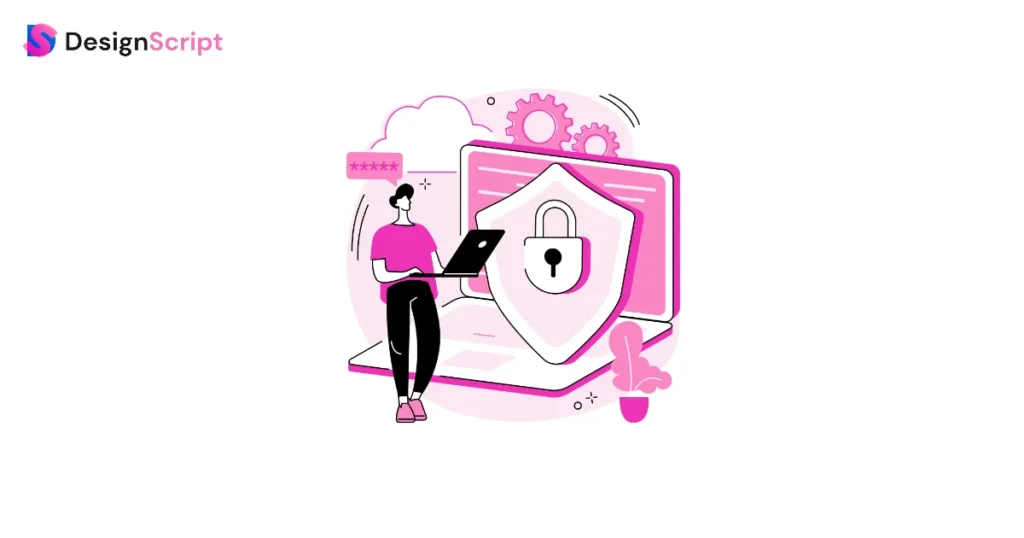
Data security is no longer a bonus feature; it’s a fundamental expectation for SaaS customers. In today’s threat landscape, advanced security measures are essential to attract and retain users. This includes Multi-factor authentication and Data encryption at rest and in transit. Plus, Regular security audits, penetration testing, and compliance with relevant data privacy regulations. In this context, share your strong security measures and certifications. Educate users on the security risks they face and how you reduce them. Work with security experts to build trust and show your commitment to data protection. Share case studies where your security measures prevented or mitigated attacks.
22. Optimization of Customer Retention

Acquiring new customers is only half the battle. In a competitive market, keeping current customers is crucial for growth. It achieves this by focusing on: personalized customer experiences, proactive support, in-app user engagement, and valuable product updates. SaaS companies can foster loyalty and drive recurring revenue. In marketing in this context, develop targeted campaigns based on user behavior and preferences. Address customer pain points before they become problems. Do so through effective support channels. Also, create a strong community experience to foster engagement and belonging. Showcase product roadmap and feature updates that demonstrate continuous value creation.
Remember, these SaaS marketing trends are not isolated strategies; they work best when combined for a holistic approach. Keep testing and then analyze and iterate. Doing this to find the perfect blend that your audience loves will fuel your SaaS growth in 2025. You can stay ahead of the curve by embracing innovation. This will let you create a truly great SaaS marketing experience and achieve lasting success.
Chart Your Course to SaaS Success in 2025
The SaaS landscape is a dynamic one, constantly evolving at breakneck speed. You must equip yourself with the latest SaaS content marketing trends to stay ahead and propel your business to new heights in 2025. This blog post has served as your compass, guiding you through 22 powerful SaaS content marketing trends that hold the potential to ignite your growth.
Remember, these trends are not individual islands; they work best in a comprehensive strategy. Embrace the power of AI personalization to craft targeted experiences. Build vibrant communities that fuel user engagement and brand advocacy. Leverage the flexibility of usage-based pricing to cater to diverse needs and focus on seamless integrations that streamline workflows and empower users.
Most importantly, always continue testing, analyzing, and iterating. By refining your approach based on data and user response, you will find the perfect blend. Do this often to resonate with your audience and fuel your SaaS success.
So, embrace the evolving landscape. Craft a winning marketing strategy. Watch your SaaS business wing to new heights!
FAQs
With rising software costs, SaaS companies are re-evaluating their pricing models. We might see a shift towards usage-based pricing, allowing customers to pay for what they actually use.
Artificial intelligence (AI) can personalize your marketing efforts. By analyzing customer data, AI can recommend targeted content and ads, leading to a more relevant user experience. This can improve lead generation and conversion rates.
Data-driven decision-making is crucial. Track your marketing metrics closely and use them to optimize your campaigns for better results.

